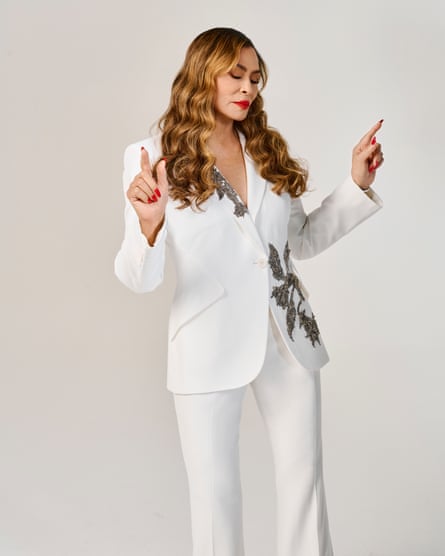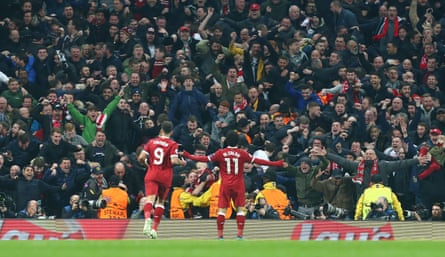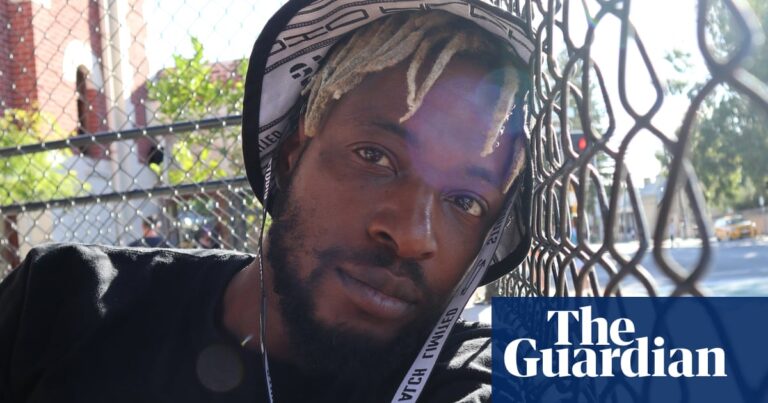M
Many jazz musicians aspire to achieve the Big Band Dream, which involves leading a group of 12 to 20 musicians. This ensemble typically includes a rhythm section of piano, bass, drums, and possibly guitar, as well as trombones, trumpets, and woodwinds. The result is a powerful and grand sound that requires a great deal of ambition.
“I have always been drawn to this format because it presents a challenge and is inspiring to work with a multitude of instruments,” states American saxophonist Steve Lehman. He recently teamed up with France’s 17-piece Orchestre National de Jazz to produce one of the most innovative releases of 2023, Ex Machina. This captivating album seamlessly blends traditional acoustic sounds with glitchy, computer-generated noise.
Lehman, a composer and improviser based in Los Angeles, is not the sole modern musician using a large band to create extraordinary music. His peers, including Henry Threadgill, Maria Schneider, and John Hollenbeck, also utilize it with bold humor. Other notable artists such as Cuban American Dafnis Prieto and Canadians Darcy James Argue and Daniel Hersog also incorporate this approach. Mats Gustafsson from Sweden leads the appropriately named Fire! Orchestra, while there are also longstanding ensembles that have achieved influential status. The Sun Ra Arkestra, in its nearly seven decades of existence, continues to share its cosmic vision and dazzling attire with the world, while Jazz Jamaica, led by Gary Crosby, serves up a massive and danceable sound rooted in reggae and ska.
Large ensembles continue to be a crucial element in the world of jazz, connecting different cultures. In particular, these groups are attractive to innovative composers due to their wide range of harmonies. Lehman, with the help of advanced technology, takes this even further by blending tradition with modernity. Lehman explains, “The various voices and colors within a big band provide intricate details, and the electronic aspect amplifies the impact of these elements.” This creates a unique balance within Ex Machina. As Lehman notes, “The focus shifts with a big band. It’s more of a collaborative effort, with each player taking turns in the spotlight.”
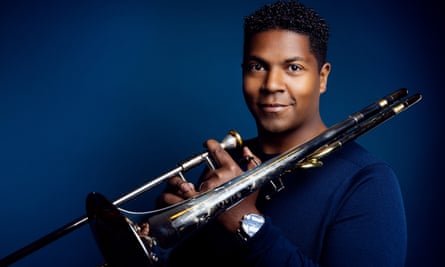
Javier Nero, a trombonist and composer from the United States, released a remarkable orchestral album in 2023 called “Kemet (The Black Land).” The album features the talented vocalist Christie Dashiell and explores the theme of Afrocentrism through its music. With its intricate arrangements and use of the blues, the album showcases how captivating this genre can be. Nero explains that using a big band allowed him to fully express his music dynamically and expand his compositions in ways that would have been difficult with a smaller group.
The origin of big bands dates back to the early 1900s with African American leaders like Will Marion Cook and James Reese Europe. By the 1930s, popular bandleaders such as Count Basie, Benny Goodman, and Duke Ellington turned big bands into a profitable industry. The image of fifteen well-dressed musicians performing to packed dancehalls became synonymous with the “swing” era. However, in the mid-40s, smaller groups like quartets and quintets gained popularity, with Dizzy Gillespie and Charlie Parker spearheading the development of bebop in jazz. Despite their success, big bands remained expensive to maintain and this continues to be a challenge in the modern day.
“The financial aspect of it is extremely burdensome,” expresses Lehman with a heavy breath. “It’s incredibly challenging to maintain a large band, ensure everyone is treated fairly, and have the necessary funds for recording.”
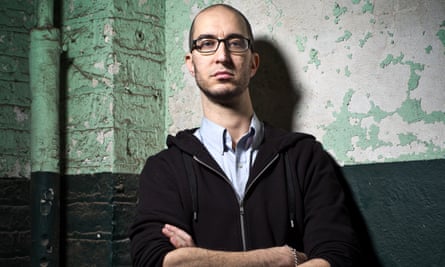
Nero concurs. “In addition to composing all of the music, printing all of the music, and booking all of the musicians, the musicians themselves must also be willing to forgo higher pay in order to be part of the orchestra,” he explains. “Many venues do not allocate extra funds for an 18-piece jazz orchestra, so the pay is typically divided among more members. I have been lucky enough to find musicians who are passionate enough about playing that they are willing to participate despite the lower pay.”
Disregard the newsletter advertisement.
after newsletter promotion
Despite facing challenges, the large musical group has never completely lost its momentum. It often serves as a base from which smaller groups emerge. For nearly ten years, Mark Kavuma, a trumpet player from Britain, has led a collective called Banger Factory, which can range from 15 members to as small as a duo for certain projects. Kavuma explains, “We transition between large and small ensembles, which I believe is the current model. What also adds interest is the ability to maintain a consistent sound, as many of the members have a creative relationship. Although the small groups and big band may seem like two separate entities, there is a strong sense of community within our group.”
Nero is drawn to the sense of unity and teamwork found in big bands, even if it may not align with democratic ideals. He believes that big bands are beneficial in education as they teach musicians to collaborate and interact with each other. In his opinion, big bands are a reflection of societal values and when they function well, every member feels valued and contributes to the success of the group.
Source: theguardian.com









